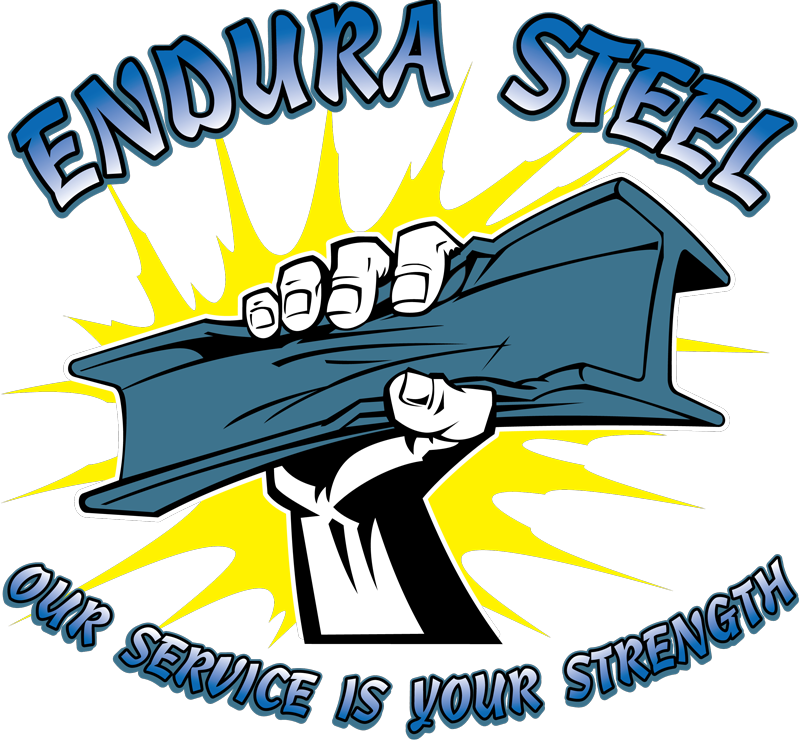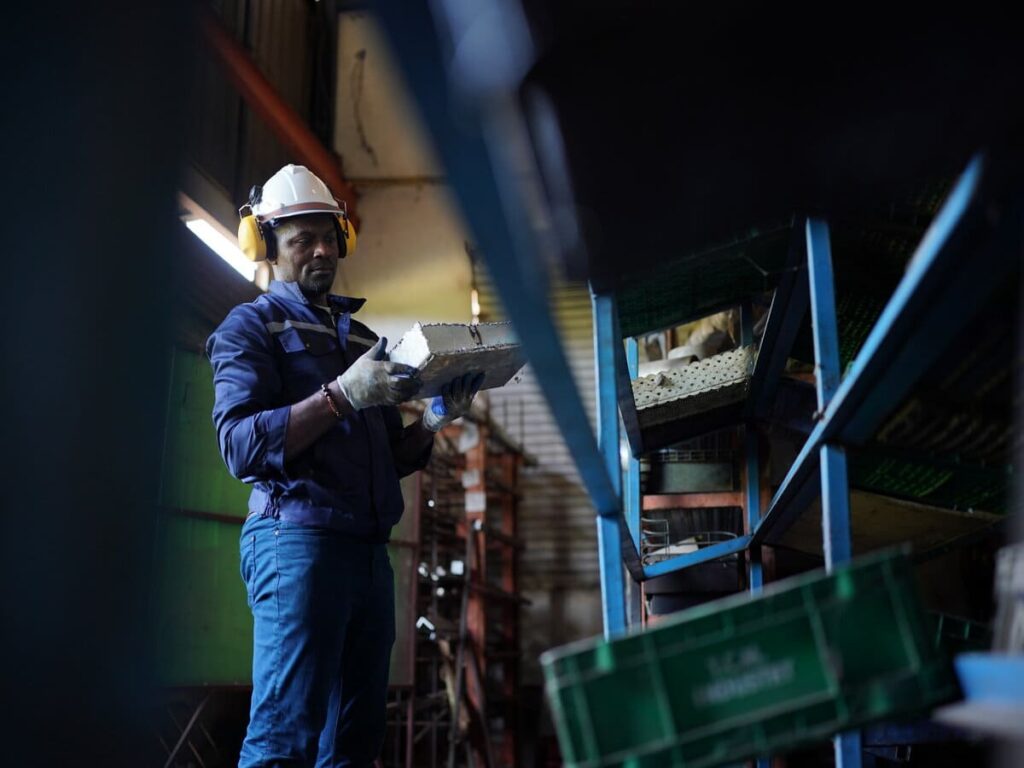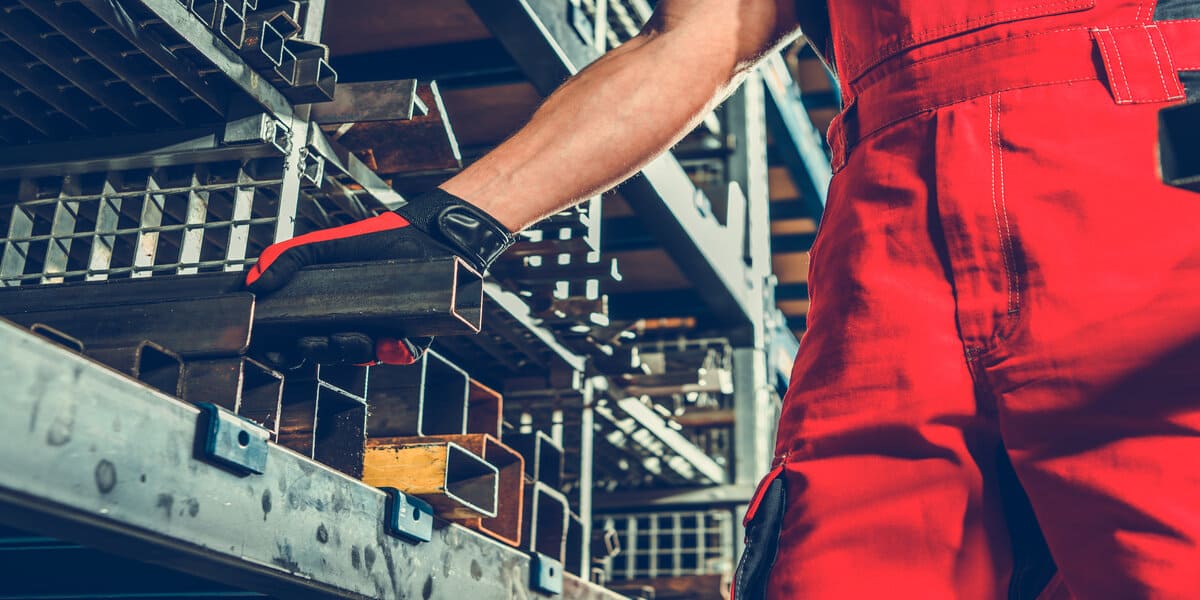The metal industry in 2024 is a cornerstone of global manufacturing and economic development, influencing various sectors, from construction to high-tech industries. Currently navigating through a period of technological transformation and market fluctuation, the industry continues to adapt and evolve in response to environmental challenges and changing demand patterns.
This article aims to shed light on the anticipated landscape of the metal industry in 2024, offering a detailed forecast of its prospects and exploring the strategic moves that could shape its trajectory shortly. Through this, we seek to provide a comprehensive insight into the future of this vital industry, underscoring its enduring importance and the innovations that may redefine it.
History of the Metal Industry’s Evolution
The metal industry began thousands of years ago with the discovery of copper and iron, ushering in new human development and civilization eras. Over centuries, it has been marked by innovations such as using coal in smelting and introducing new alloys, significantly expanding its applications and efficiency. The Industrial Revolution accelerated its expansion and technological advancement, leading to today’s sophisticated and diverse industry that continues to be foundational in building the modern world. This rich history is a testament to human ingenuity and its relentless pursuit of progress through manipulating and mastering natural resources.
Key Developments and Trends Affecting the Industry Up Until 2023
Until 2023, the metal industry witnessed several transformative trends and developments, notably the increased adoption of sustainable and energy-efficient practices in response to environmental concerns. Technological advancements have revolutionized production processes, enhancing efficiency and safety. Additionally, geopolitical shifts and economic policies have significantly reshaped trade dynamics and market structures. At the same time, the industry’s rapid adaptation to changing consumer demands continues to steer its path forward. These factors collectively signal a dynamic period of adaptation and advancement for the metal industry.
Recent Economic, Technological, and Geopolitical Changes
Recent economic fluctuations, technological innovations, and geopolitical shifts have profoundly influenced the metal industry. Economic cycles have dictated the demand and pricing of metals, with emerging markets increasingly influencing global trends. Technological breakthroughs, particularly in automation and sustainable practices, have vastly improved efficiency and environmental impact. Simultaneously, geopolitical tensions and trade policies have reshaped supply chains and prompted industries to seek more resilient and diverse sourcing strategies. These changes have set a new course for the metal industry, driving it towards a more innovative and globally interconnected future.

Leading Metal Markets and Their Current Status
The leading metal markets, including iron, aluminum, copper, and precious metals, exhibit robust dynamics shaped by global demand and supply. Iron and steel, as staples in construction and automotive industries, maintain their prominence, though they face pressures from economic cycles and shifts towards lighter materials. Aluminum’s versatility keeps it at the forefront of manufacturing, especially with rising demands in the transport and packaging sectors. Copper, essential for electrical applications, see growth with the electrification trend, while precious metals like gold and silver juggle roles as industrial components and economic safe havens. Each market adapts to technological advancements and regulatory shifts, reflecting a landscape of continual evolution and adaptation.
Innovations in Metal Production and Recycling Techniques
Recent metal production and recycling innovations have significantly revolutionized the industry, focusing on sustainability and efficiency. Advancements in smelting technology, including adopting electric arc furnaces, have reduced energy consumption and emissions, making metal production more environmentally friendly. In recycling, breakthroughs in sorting and processing technologies have enabled higher recovery rates and purity of recycled metals, effectively closing the loop in the metal lifecycle. Furthermore, developing new alloys and treatment processes has enhanced the performance and application range of metals, catering to the evolving demands of the aerospace, automotive, and construction industries. These innovations reflect a commitment to greener practices and drive the industry’s competitiveness in a resource-conscious global market.
Challenges Faced by the Industry
The metal industry confronts several challenges, with environmental concerns and supply chain disruptions at the forefront. Stricter regulations and growing public awareness regarding carbon emissions and waste have intensified the pressure on metal producers to adopt cleaner and more sustainable practices. Additionally, the industry grapples with supply chain vulnerabilities, as seen in recent disruptions caused by geopolitical tensions, trade conflicts, and the global pandemic. These issues have highlighted the need for more resilient and diversified supply networks. Moreover, fluctuating raw material costs and the need for continuous technological upgrades add to the complexity and competitiveness of the industry. Addressing these challenges requires innovative strategies and collaborations, ensuring the industry’s sustainability and efficiency in a rapidly changing world.
Analysis of Global Economic Indicators
Global economic indicators shape the metal industry’s landscape, affecting everything from pricing to production levels. GDP growth rates, industrial activity, and construction trends are directly linked to metal demand, with burgeoning economies often signaling increased consumption. Conversely, global recessions can lead to reduced industrial output and a slump in metal prices. Inflation rates also impact the cost of raw materials and energy, influencing the overall profitability of metal production. Additionally, currency exchange rates affect the competitiveness of exports in the international market. Monitoring these indicators is essential for industry players to anticipate shifts, make informed decisions, and maintain resilience against economic volatility.
Impact of International Trade Agreements, Tariffs, and Regulations
International trade agreements, tariffs, and regulations significantly influence the metal industry’s global landscape. Trade agreements can open up new markets or restrict access, affecting the flow of raw materials and finished products. Often used as political tools or protective measures, tariffs can alter the competitive balance, making some metals more expensive and shifting demand patterns. Regulations, especially those concerning environmental standards and labor practices, can impose additional costs on producers and drive innovation in sustainable practices. The dynamic interplay of these factors can lead to shifts in production centers, changes in supply chain strategies, and new competitive challenges, requiring industry players to be adaptive and informed in their strategic planning.
Government Initiatives and Policy Changes Relevant to the Industry
Government initiatives and policy changes are pivotal in shaping the trajectory of the metal industry. Environmental regulations, including emissions targets and waste management standards, are pushing companies towards greener production methods and the development of sustainable materials. Subsidies or tax incentives for adopting renewable energy or recycling programs can significantly influence operational costs and investment decisions. Additionally, policies promoting domestic production to ensure strategic autonomy or create jobs can lead to shifts in where and how metals are produced and processed. Infrastructure development projects can also stimulate demand for certain metals, driving growth in specific industry sectors. Navigating these governmental landscapes requires agility and foresight from industry players to capitalize on opportunities and mitigate risks.
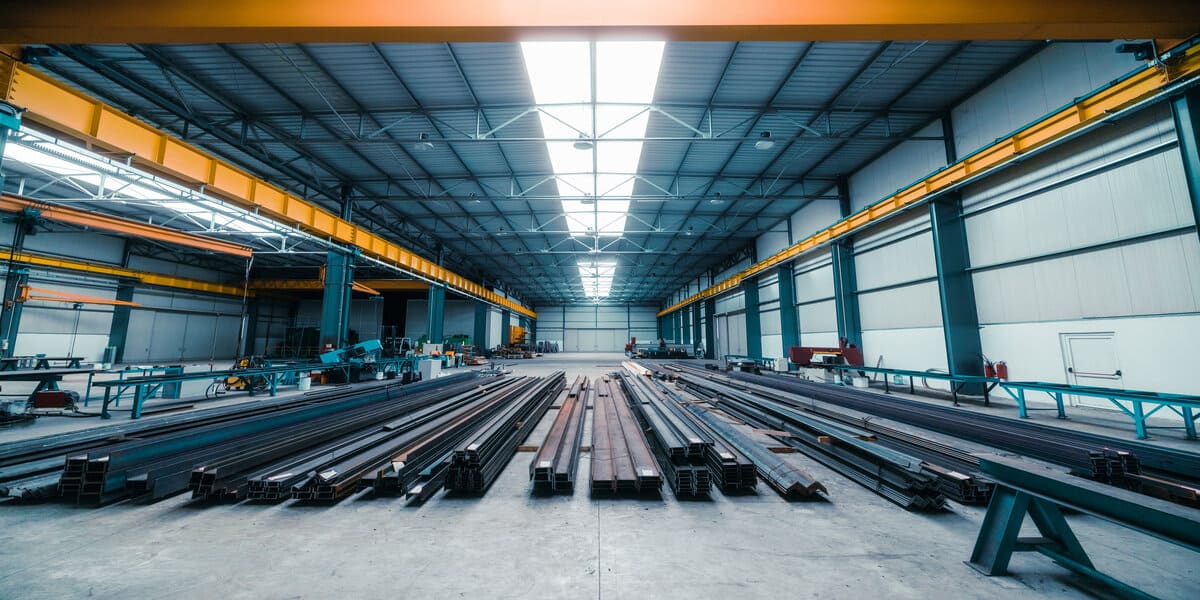
Breakthrough Technologies
The metal industry has seen significant technological breakthroughs in extraction, processing, and alloy development. Hydrometallurgy and bio-mining are becoming more prevalent in extraction, offering more efficient and environmentally friendly alternatives to traditional methods. Processing technologies, including continuous casting and 3D printing of metals, have revolutionized manufacturing, allowing for more complex and precise products with less waste. Alloy development has also advanced with the creation of superalloys and other new materials. These technological innovations are driving the metal industry forward, improving productivity, sustainability, and the range of applications for metal products.
Forecasting Demand for Different Metal
Forecasting demand for different metals requires a nuanced understanding of various industrial, technological, and consumer trends. In industries such as construction and automotive, the demand for steel and aluminum continues to evolve with shifts towards sustainable building practices and fuel-efficient vehicles. Technological advancements, particularly in electronics and renewable energy sectors, drive the demand for copper, lithium, and rare earth elements critical for electronic components and batteries. Consumer trends towards more electronic devices and electric vehicles further influence the demand patterns for these metals. Additionally, geopolitical factors and economic policies can create fluctuations in both supply and demand. Accurate forecasting in this dynamic environment requires a comprehensive analysis of these trends and data-driven models to predict how they will collectively impact the demand for various metals.
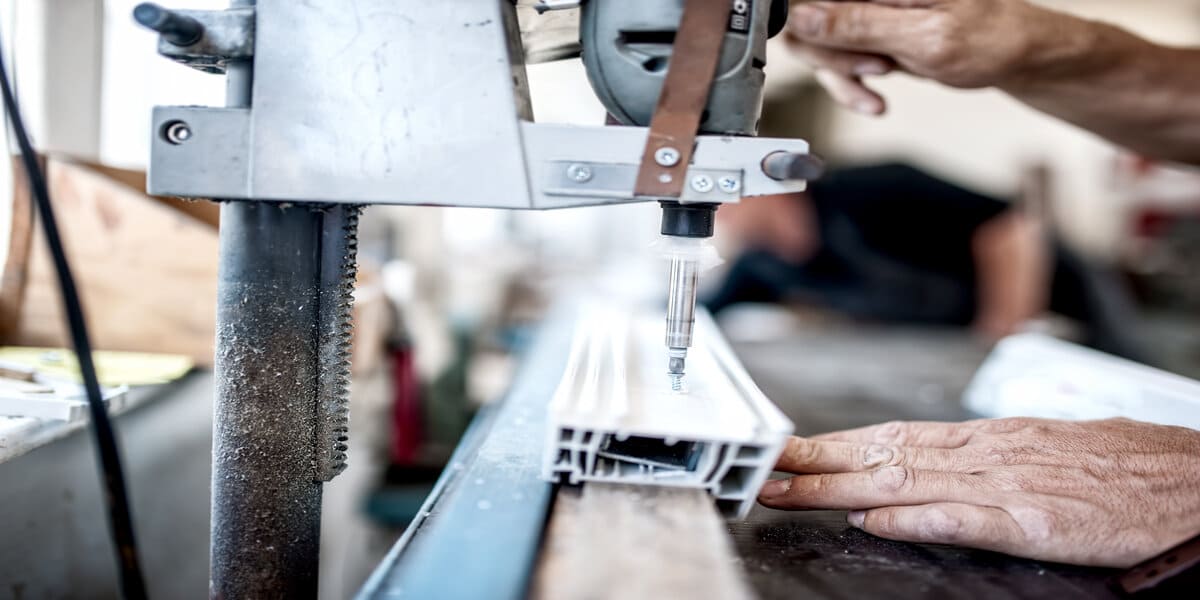
Identifying the Major Challenges Facing the Metal Industry in 2024
As the metal industry approaches 2024, it faces several significant challenges. Environmental regulations are becoming stricter, pushing companies towards sustainable production methods and increasing operational costs. The industry must also contend with the volatility of raw material prices and supply, which geopolitical tensions, trade conflicts, or global health crises can cause. Technological disruption presents another challenge, as companies must invest in technologies to stay competitive but may face difficulties in adopting and integrating these innovations. Additionally, there is a growing need for skilled labor to manage advanced production processes, posing a challenge in an industry historically known for its intense physical demands. Addressing these challenges requires strategic planning, investment in innovation, and a commitment to sustainable and efficient practices.
Opportunities Arise from Global Shifts
Global shifts towards renewable energy and infrastructure development present significant opportunities for the metal industry. The transition to renewable energy sources drives demand for metals like copper, used extensively in solar and wind power systems, and lithium, a critical component of batteries in electric vehicles and energy storage solutions. There is increased demand for steel, aluminum, and other metals for construction projects, transportation networks, and urban development. The emphasis on sustainable and smart cities also fosters innovation in metal products, such as lightweight and high-strength alloys, contributing to more efficient and environmentally friendly buildings and vehicles. By capitalizing on these trends, the metal industry can expand its markets and play a role in the global transition.
Strategies for Companies to Adapt and Thrive in the Changing Landscape
To navigate the evolving landscape, metal industry companies should embrace innovation, invest in sustainable practices, and adopt agile operational strategies. Leveraging technological advancements like automation and data analytics will enhance efficiency and competitiveness while focusing on sustainability, which will align with regulatory requirements and shifting market demands. Additionally, diversifying supply chains, investing in workforce development, and fostering strategic partnerships will provide resilience against disruptions and access to new markets. By proactively adopting these strategies, companies can mitigate risks and seize growth opportunities in the dynamic global economy.
Envisioning the Future of the Metal Industry in 2024
In conclusion, the metal industry’s future in 2024 and beyond is shaped by its adaptability to economic, technological, and geopolitical changes, with sustainability and innovation at the forefront. As it navigates environmental regulations, supply chain challenges, and market demand shifts, the industry’s resilience and growth are contingent on embracing new technologies, diversifying operations, and committing to green practices. Stakeholders, from policymakers to producers, are pivotal in steering this evolution, ensuring the industry thrives in adversity. It contributes positively to the global economy and environment. The collaborative effort will set a sustainable and prosperous course for the metal industry’s future.
Frequently Asked Questions
How Does The Economic Cycle Affect the Metal Industry?
Economic fluctuations can significantly impact demand and pricing. In boom periods, demand for construction and consumer goods drives metal consumption. Conversely, reduced industrial activity can lead to lower demand and prices during downturns.
What are the Major Challenges Facing the Metal Industry?
Challenges include environmental regulations, supply chain disruptions, technological changes, and fluctuating market demands. Companies must continuously adapt to these factors to remain competitive.
What Role Does Technology Play in the Metal Industry?
Technological advancements are crucial for improving efficiency, product quality, and environmental performance. Innovations include automation, digitalization, and the development of new alloys and recycling methods.
What Trends Are Shaping the Future of the Metal Industry?
Key trends include the move towards renewable energy, increased demand for electric vehicles, infrastructure development, and continued innovation in materials science and production techniques.
Where Can I Find More Information about the Metal Industry?
Reputable sources include industry reports, government publications, trade associations, and academic research. Staying updated with news and market analysis is also beneficial for understanding the industry’s ongoing changes.
References
Climate change and the production of iron and steel
